Cloud Video Surveillance: comparison of the most popular services

Modern Cloud Video Surveillance is a service, allowing customers to connect their cameras to the provider’s server to process and store recordings from cameras.
If you want to conduct video surveillance and do not have the opportunity to leave the server computer working around the clock or want to create a parallel backup storage on a remote server, the best solution would be to purchase a subscription to a Cloud video surveillance service.
To use the Cloud video surveillance service, you do not need to buy expensive equipment. All you need is a camera and Internet access.
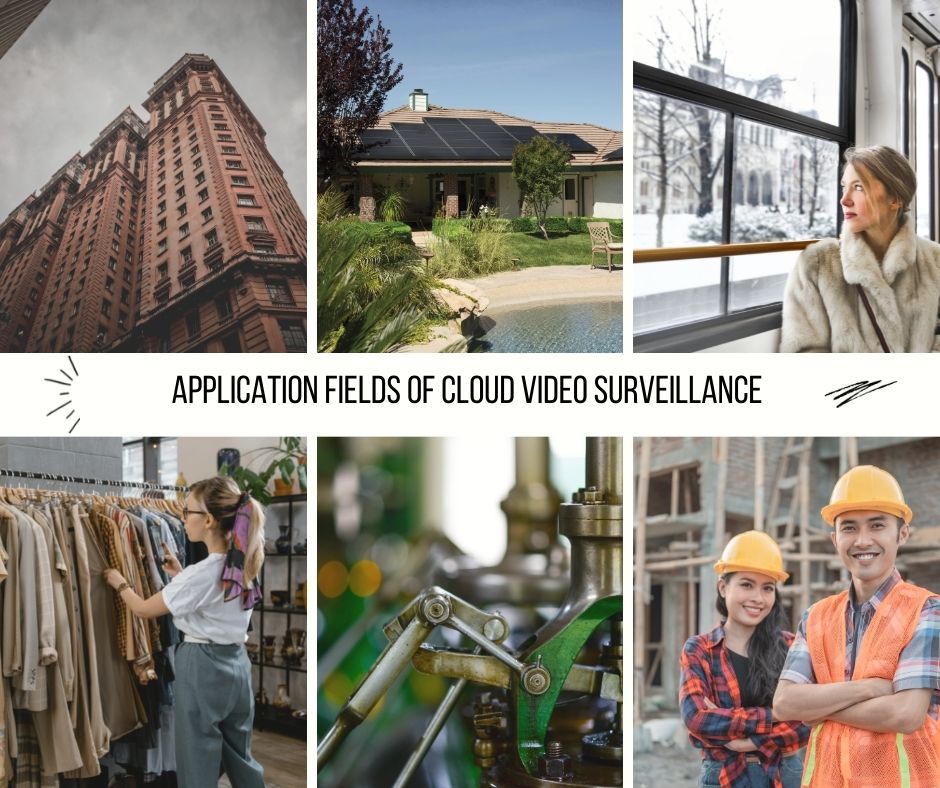
Retail: Conduct direct video surveillance in the shopping center to control security, prevent theft, monitor the employees’ work, and optimize business processes.
Manufacturing: Track the operation of equipment and conditions for carrying out technological processes at the enterprise to ensure labor safety and product quality.
Construction: Monitor the employees’ quality of work, compliance with construction site safety, control the availability of construction materials at the facility.
Transport: Optimize public transport load during peak hours by counting passengers.
Condominum Partnership: Video surveillance of the adjacent territory, the entrance and staircases in order to ensure safety.
Private sector: Monitor the yard and the house to control the work of domestic staff, as well as to ensure safety of children and elderly relatives.
All data is encrypted in accordance with SSL standards, which guarantee complete confidentiality. Recordings are available only to those to whom the owner of the video surveillance system has granted access.
The most popular Cloud video surveillance services:
1. Xeoma
2. Ivideon
3. Trassir Cloud
4. 3dEYE
5. Eagle Eye
6. CamCloud
Let’s take a closer look at the advantages and disadvantages of each of these cloud video surveillance services, so that each user can choose the program that is most suitable for all their requirements.
1. Xeoma
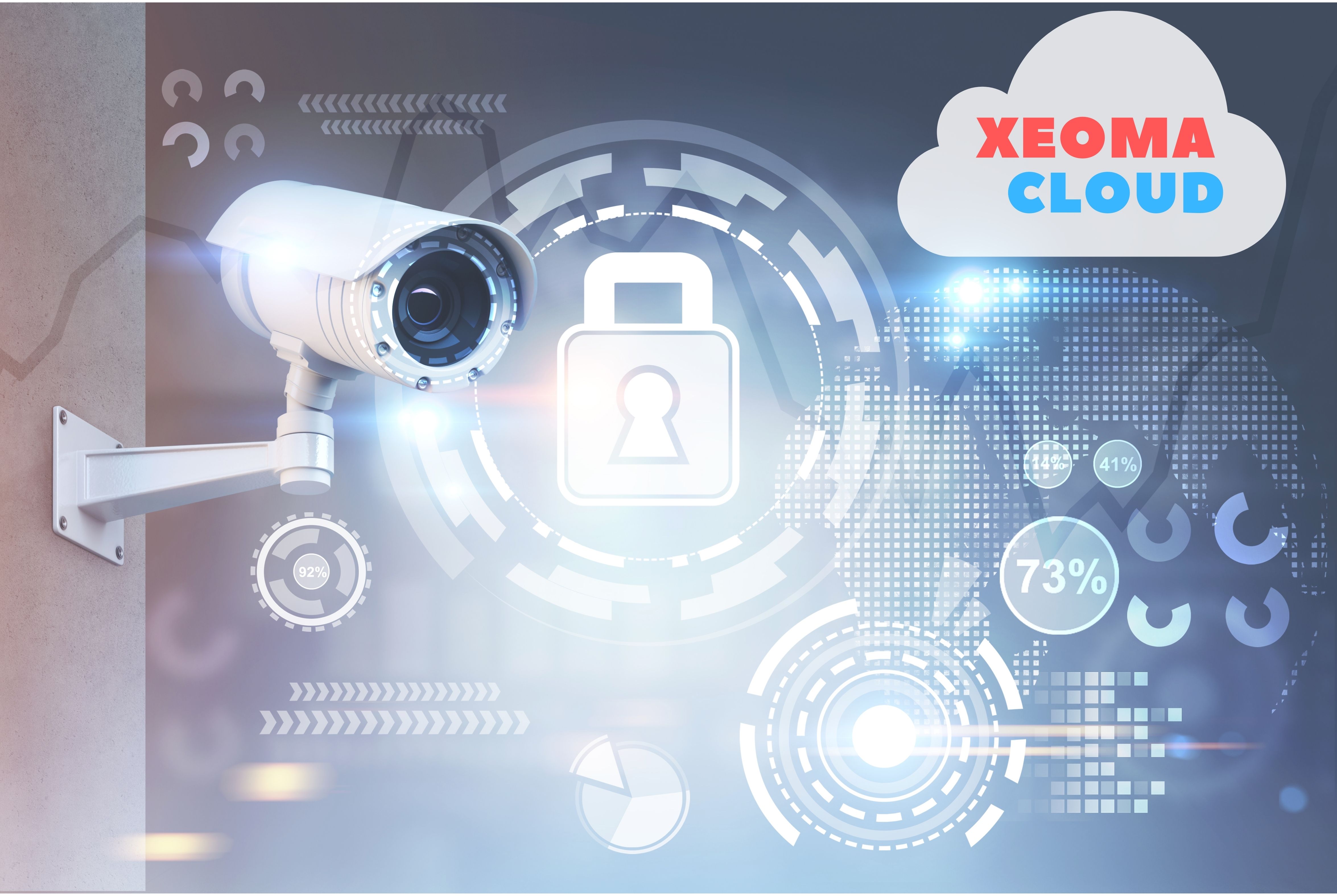
Pros:
![]() Xeoma Cloud subscriptions have no restrictions of camera resolution or frames-per-second rates
Xeoma Cloud subscriptions have no restrictions of camera resolution or frames-per-second rates
![]() Support for any OS: Windows, Linux, ARM, Mac OS, Android, iOS. There is also a list of unofficially supported OS: Linux Kali, RancherOS, Fedora, Elbrus, PCLinuxOs, elementary OS linux, Astra Linux, Arch Linux
Support for any OS: Windows, Linux, ARM, Mac OS, Android, iOS. There is also a list of unofficially supported OS: Linux Kali, RancherOS, Fedora, Elbrus, PCLinuxOs, elementary OS linux, Astra Linux, Arch Linux
![]() Cameras and recordings are available from anywhere in the world, from any device (computer, tablet, smartphone)
Cameras and recordings are available from anywhere in the world, from any device (computer, tablet, smartphone)
![]() Affordable tariff for 1 camera, allowing to record an archive, without ads and watermarks available! Easy to try!
Affordable tariff for 1 camera, allowing to record an archive, without ads and watermarks available! Easy to try!
![]() Free trial period available
Free trial period available
![]() Flexible payment system – you can pay monthly or annually
Flexible payment system – you can pay monthly or annually
![]() No ads, no logo watermarks even in the free version!
No ads, no logo watermarks even in the free version!
![]() Work even with mobile Internet (3G, 4G, etc.)
Work even with mobile Internet (3G, 4G, etc.)
![]() PRO features are available even in the basic tariff: emap, object tracking and visualization, integration with cashier registers and home automation systems, synchronized view of multiple archives, and much more
PRO features are available even in the basic tariff: emap, object tracking and visualization, integration with cashier registers and home automation systems, synchronized view of multiple archives, and much more
![]() Additional modules are available to be added by the price of their rent (Recognition of license plates, faces, objects, access cards, emotions, color, customer demographics and conversion rate, queue monitoring, construction site safety, integration with cash registers and much more)
Additional modules are available to be added by the price of their rent (Recognition of license plates, faces, objects, access cards, emotions, color, customer demographics and conversion rate, queue monitoring, construction site safety, integration with cash registers and much more)
![]() Unlimited download of videos
Unlimited download of videos
![]() Unlimited live and recorded view
Unlimited live and recorded view
![]() A single control center for the video surveillance system and flexible configuration of user access rights
A single control center for the video surveillance system and flexible configuration of user access rights
![]() Works with ANY cameras (99% of global brands supported)
Works with ANY cameras (99% of global brands supported)
![]() Customizable notifications – you can receive notification for movement, sound, and cameras turning off by email, phone, and even broadcast on Youtube.
Customizable notifications – you can receive notification for movement, sound, and cameras turning off by email, phone, and even broadcast on Youtube.
![]() Flexible interface settings
Flexible interface settings
![]() Possibility to connect the unlimited number of cameras
Possibility to connect the unlimited number of cameras
![]() There is an opportunity to upload to an FTP server
There is an opportunity to upload to an FTP server
![]() Intellectual modules are available for the subscription of any size – even for one camera
Intellectual modules are available for the subscription of any size – even for one camera
![]() Search in the archives by faces, license plates, motion, sound and any other desired event
Search in the archives by faces, license plates, motion, sound and any other desired event
![]() The program interface is available in 25 languages!
The program interface is available in 25 languages!
![]() An option to broadcast video from your camera to your site or Youtube channel available
An option to broadcast video from your camera to your site or Youtube channel available
![]() You can get a personalized demo, training, TeamViewer setup session and unlimited consultations from tech. support tram
You can get a personalized demo, training, TeamViewer setup session and unlimited consultations from tech. support tram
Cons:
![]() You can “get hooked” on this program, checking all (and there are more than 100) its functions in action!
You can “get hooked” on this program, checking all (and there are more than 100) its functions in action!
2. Ivideon
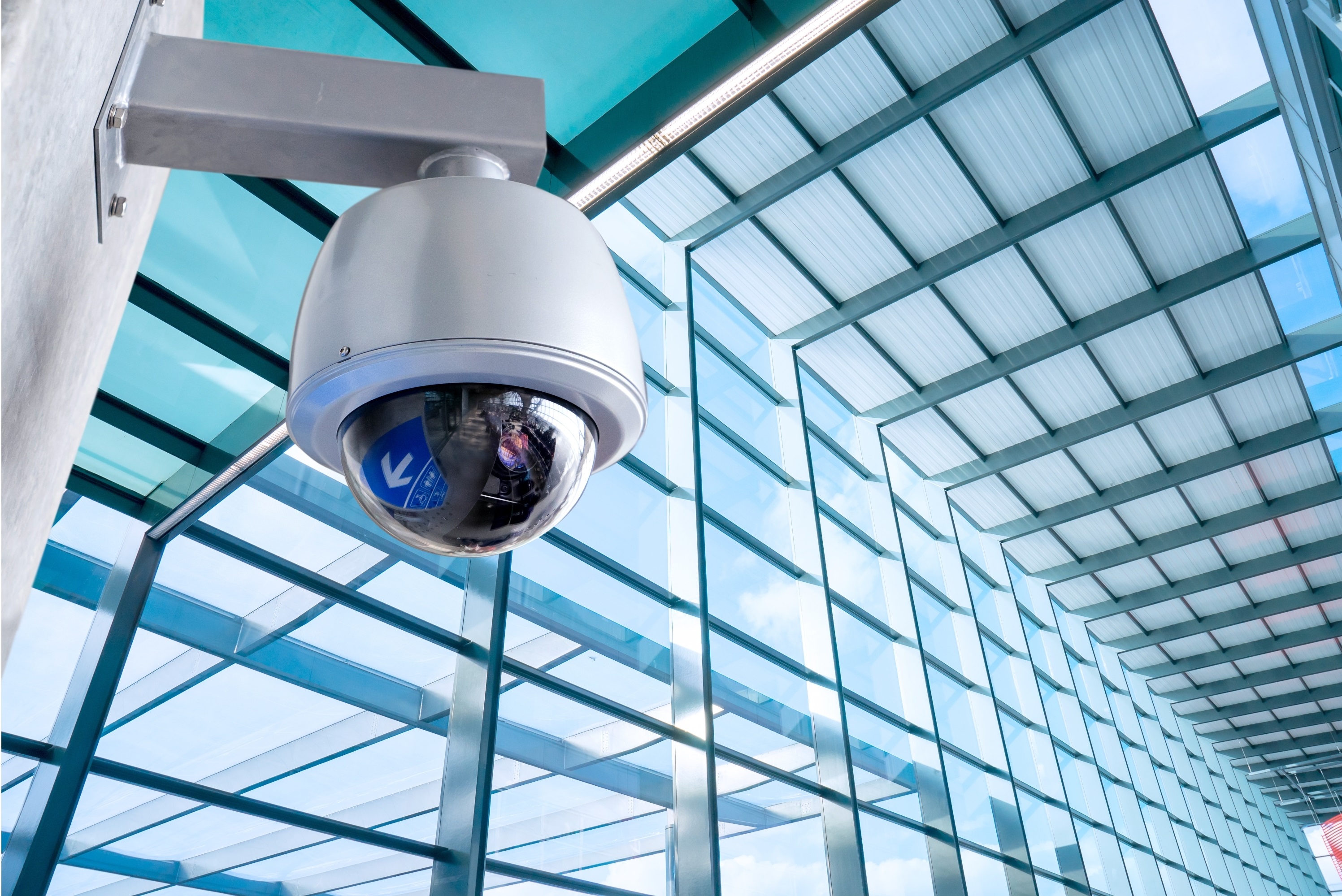
Pros:
![]() There is a free tariff for 1 camera, but only for online viewing – archives recording to the cloud is not conducted
There is a free tariff for 1 camera, but only for online viewing – archives recording to the cloud is not conducted
![]() Access from anywhere in the world with the help of a mobile application
Access from anywhere in the world with the help of a mobile application
![]() Recognition of license plates and faces, Cash register fraud prevention, Visitor age and gender reports, customer conversion rate, queue monitoring
Recognition of license plates and faces, Cash register fraud prevention, Visitor age and gender reports, customer conversion rate, queue monitoring
![]() Stable operation in 3G networks
Stable operation in 3G networks
![]() Notifications for movement, sound, and cameras turning off
Notifications for movement, sound, and cameras turning off
Cons:
![]() The subscription is for 50 cameras only. There is no way to pay less for a tariff if you use fewer cameras
The subscription is for 50 cameras only. There is no way to pay less for a tariff if you use fewer cameras
![]() The tariff is paid for a period of 3 or 12 months, there is no opportunity to buy a subscription on a monthly basis
The tariff is paid for a period of 3 or 12 months, there is no opportunity to buy a subscription on a monthly basis
![]() No user access rights setup
No user access rights setup
![]() Lots of hidden fees
Lots of hidden fees
![]() For cameras of other than Ivideon brands the cost of tariffs is 30% higher than regular tariff
For cameras of other than Ivideon brands the cost of tariffs is 30% higher than regular tariff
![]() Adding cameras is complex: you need to select a manufacturer, camera model, enter a username/password, etc.
Adding cameras is complex: you need to select a manufacturer, camera model, enter a username/password, etc.
![]() Adding DVR: it is required to enter almost all the information for the device
Adding DVR: it is required to enter almost all the information for the device
![]() High price for video analytics: $1200 and more
High price for video analytics: $1200 and more
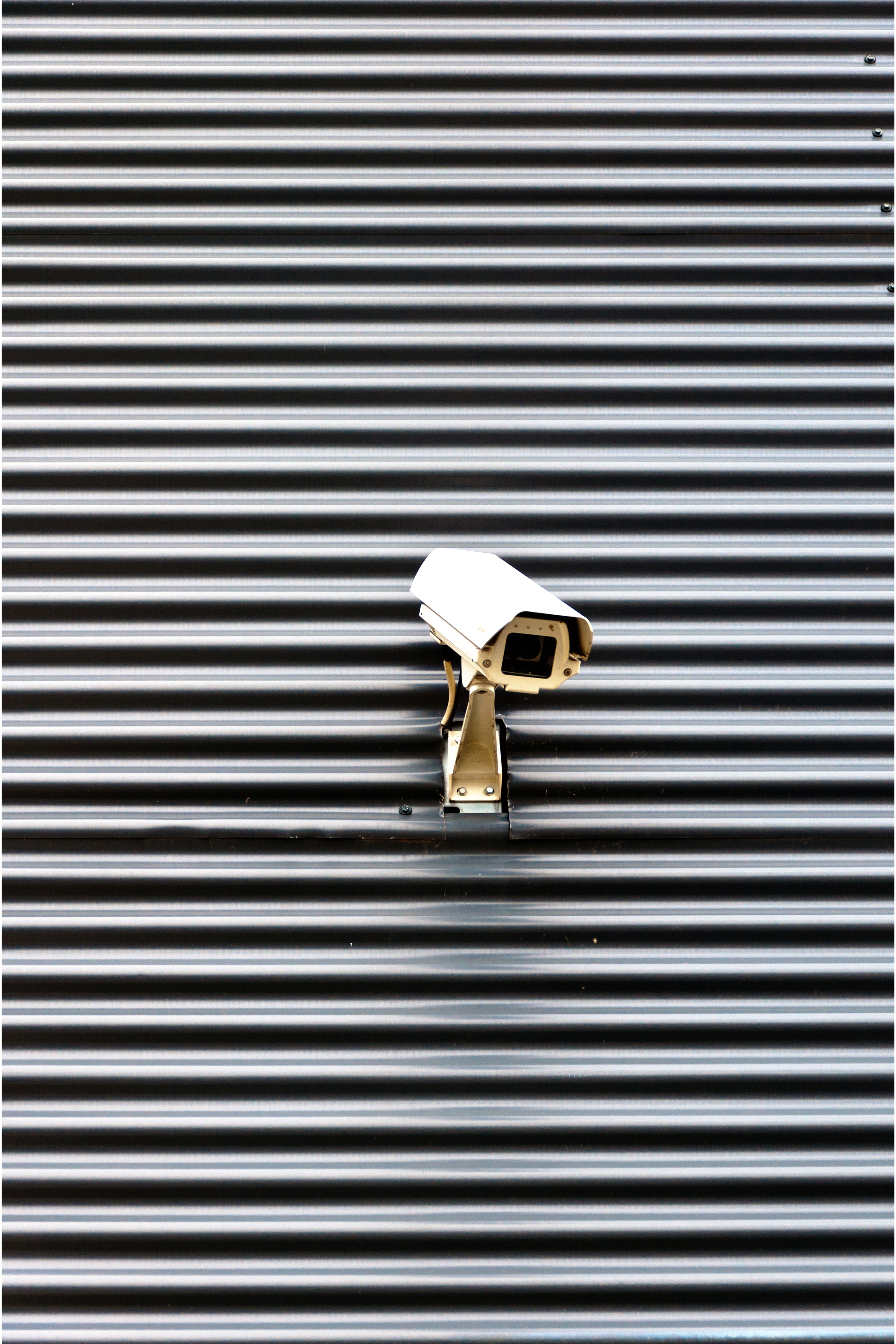
Pros:
![]() Flexible payment system — pay for the archive record monthly or per year at once
Flexible payment system — pay for the archive record monthly or per year at once
![]() A single control center for the video surveillance system and flexible configuration of access rights
A single control center for the video surveillance system and flexible configuration of access rights
![]() Get notifications to your email or phone in case the camera detects motion or turns off
Get notifications to your email or phone in case the camera detects motion or turns off
![]() Video analytics: face recognition, demographic statistics (gender, age), object recognition: person, car or bicycle, license plate recognition, object counter, queue counter, heat maps.
Video analytics: face recognition, demographic statistics (gender, age), object recognition: person, car or bicycle, license plate recognition, object counter, queue counter, heat maps.
Cons:
![]() Intelligent modules are available to order from 6 channels
Intelligent modules are available to order from 6 channels
![]() It works only on Trassir cameras – which means if provider decides to rise prices or make any other change in the service that does not suit you, you won’t be able to use that camera with any other service, and you will have to buy a new camera
It works only on Trassir cameras – which means if provider decides to rise prices or make any other change in the service that does not suit you, you won’t be able to use that camera with any other service, and you will have to buy a new camera
![]() There is no search in the archive (for example, by motion, sound, faces)
There is no search in the archive (for example, by motion, sound, faces)
![]() No integration with smart systems
No integration with smart systems
![]() No FTP upload
No FTP upload
![]() High cost (for example, Face recognition costs from $65 per month for 1 camera)
High cost (for example, Face recognition costs from $65 per month for 1 camera)
4. 3dEYE
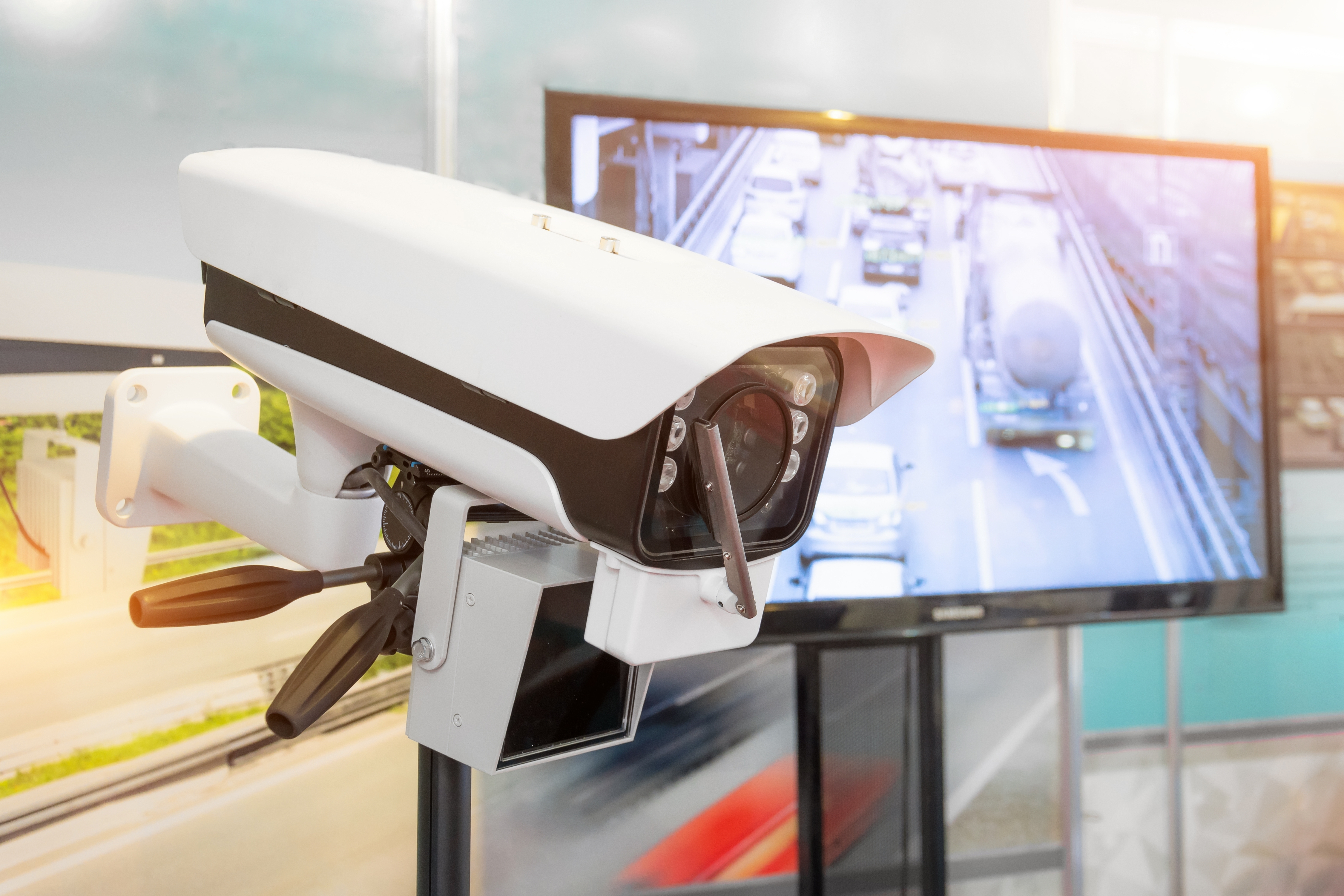
Pros:
![]() Compatible with any camera
Compatible with any camera
![]() Video analytics: object detection, heat maps, face recognition, crowd management, vehicle counting
Video analytics: object detection, heat maps, face recognition, crowd management, vehicle counting
![]() White label option
White label option
![]() Multi-level delegated administration
Multi-level delegated administration
![]() Available Plug and Play Bundle
Available Plug and Play Bundle
![]() Broadcasting Widget, allowing you to live streaming videos from your cameras.
Broadcasting Widget, allowing you to live streaming videos from your cameras.
Cons:
![]() High prices (from $100/month)
High prices (from $100/month)
![]() Charges for storage of archives
Charges for storage of archives
![]() Charges for viewing!
Charges for viewing!
5. Eagle Eye
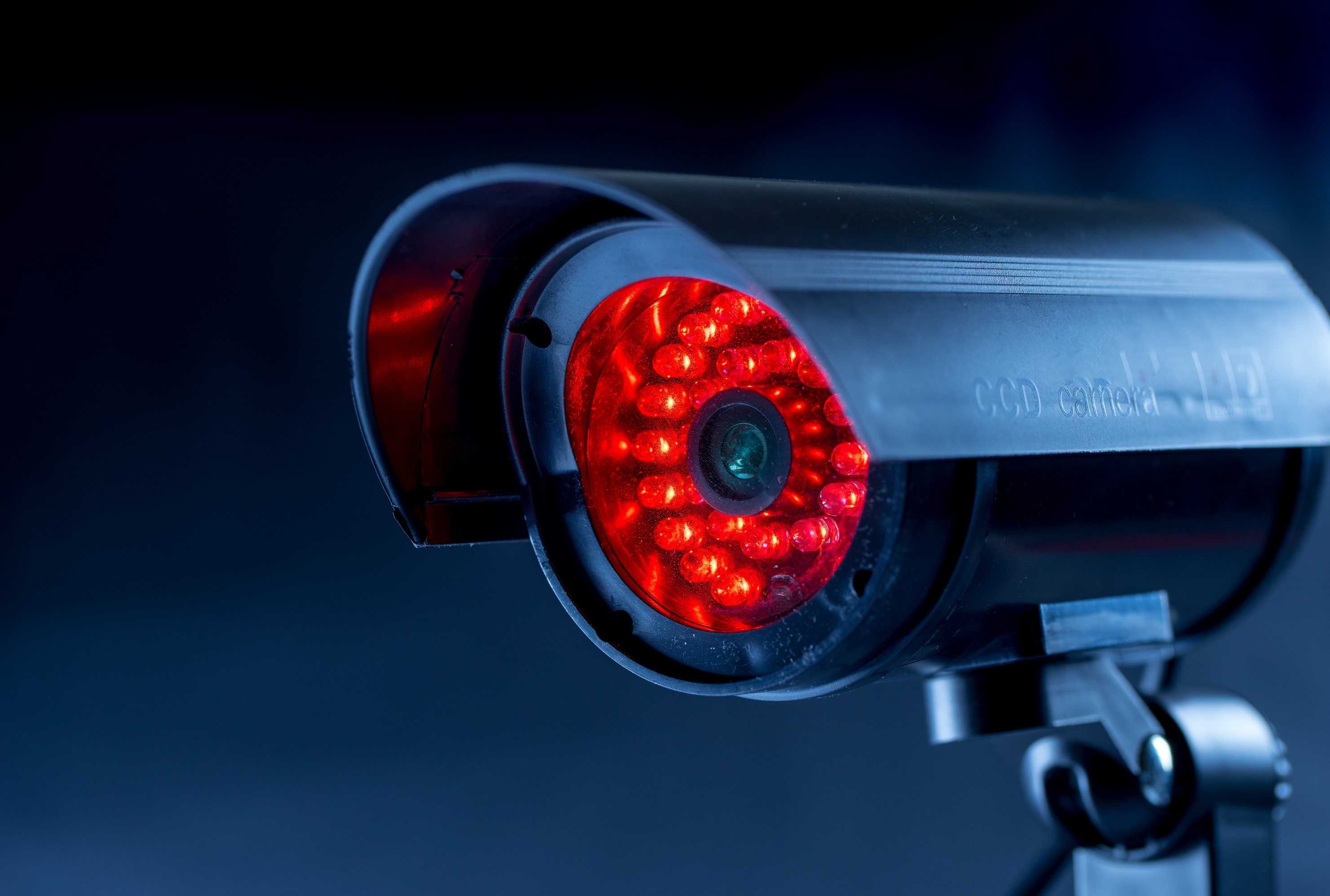
Pros:
![]() Video analytics: line crossing, intrusion detection, loitering, object counting, license plate recognition
Video analytics: line crossing, intrusion detection, loitering, object counting, license plate recognition
![]() Health monitoring system
Health monitoring system
![]() 15 minute demo is available
15 minute demo is available
![]() Open API platform
Open API platform
Cons:
![]() Does not support Linux OS
Does not support Linux OS
![]() Supports only IP and analog cameras
Supports only IP and analog cameras
![]() User settings are very basic
User settings are very basic
6. CamCloud
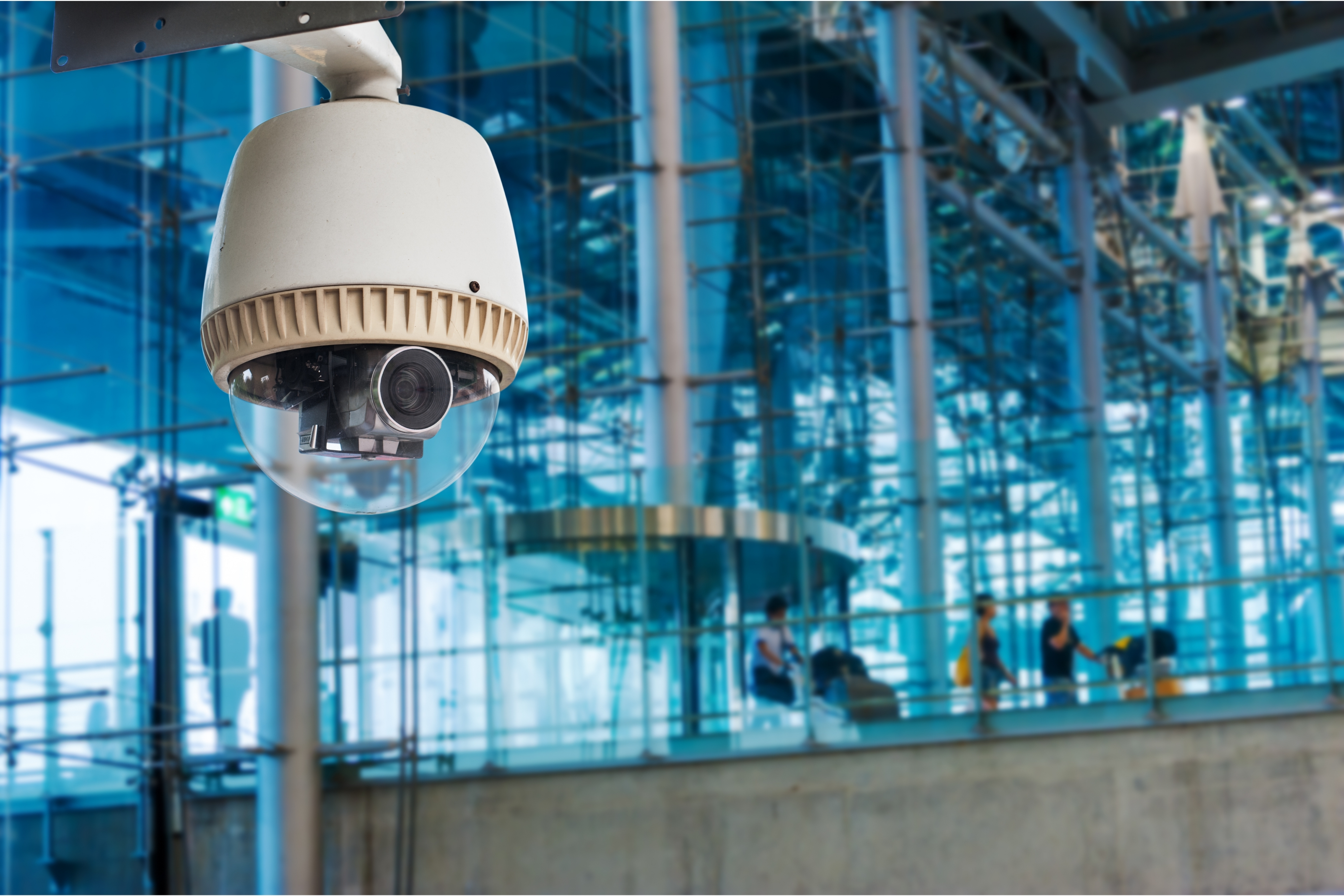
Pros:
![]() Supports most webcams. Works with ONVIF protocol. Handles a large number of video feeds at the same time (number limited by the hardware processing power)
Supports most webcams. Works with ONVIF protocol. Handles a large number of video feeds at the same time (number limited by the hardware processing power)
![]() Can receive or send commands to the most common used apps such as Google Drive, Dropbox and Slack
Can receive or send commands to the most common used apps such as Google Drive, Dropbox and Slack
![]() Supports Windows, iOS and Android
Supports Windows, iOS and Android
![]() Free tariff for 2 cameras (5 notifications/day, watermark)
Free tariff for 2 cameras (5 notifications/day, watermark)
![]() For registered animal rescue organizations, animal shelters or similar non-profit organizations licenses are provided free-of-charge
For registered animal rescue organizations, animal shelters or similar non-profit organizations licenses are provided free-of-charge
Cons:
![]() Does not support analog cameras
Does not support analog cameras
![]() Does not support Linux, Mac OS, ARM.
Does not support Linux, Mac OS, ARM.
![]() Not flexible tariffs: there are variants only for 4, 16 and 64 cameras.
Not flexible tariffs: there are variants only for 4, 16 and 64 cameras.
![]() Even in Pro tariff the number of notifications per day is limited (up to 250).
Even in Pro tariff the number of notifications per day is limited (up to 250).
![]() Functionality is very basic, no intellectual modules
Functionality is very basic, no intellectual modules
Each program has its pros and cons. Each customer will choose the program that best suits the requirements of his project. Personally, I chose Xeoma after testing many other programs: none worked on Linux except for Xeoma. Moreover, Xeoma has such a rich set of intellectual functions that it will not leave indifferent even the most sophisticated security system organizer – flexible settings allow you to “tailor” the video surveillance system to any requirements.

|
This review is provided by Xeoma user Michael Lorkin, Weatherford, Texas. The opinion of the administration may differ. Contact us if you find an error. |
September 23, 2021
Read also:
Add a remote camera in Xeoma
Additional modules in Xeoma
Best Android CCTV app of 2021
Your own cloud video surveillance service – Xeoma Pro Your Cloud